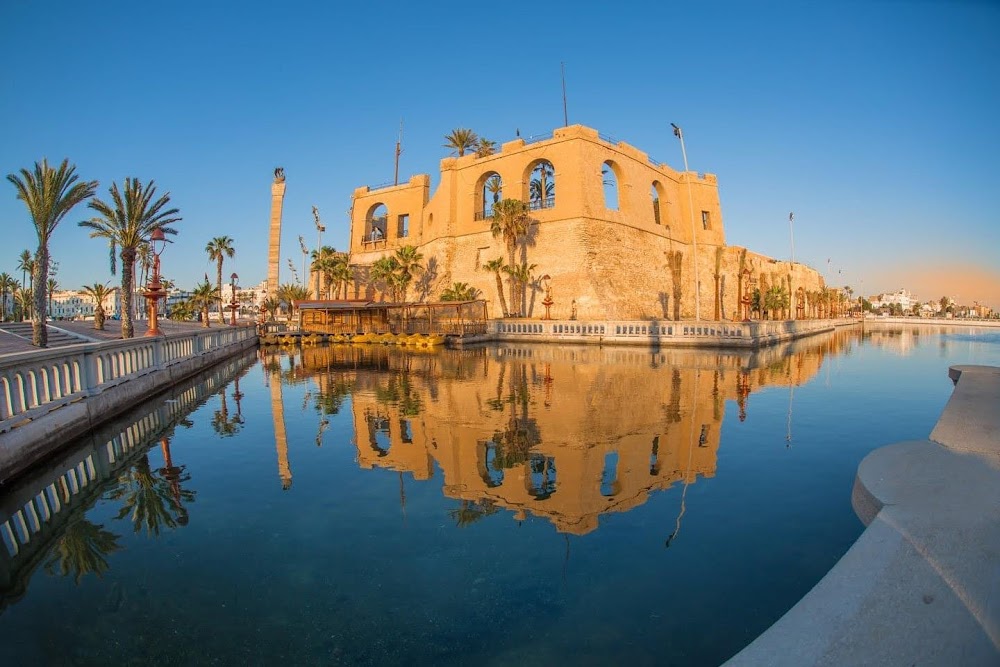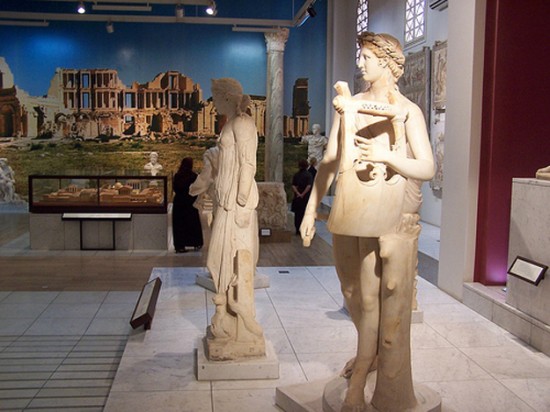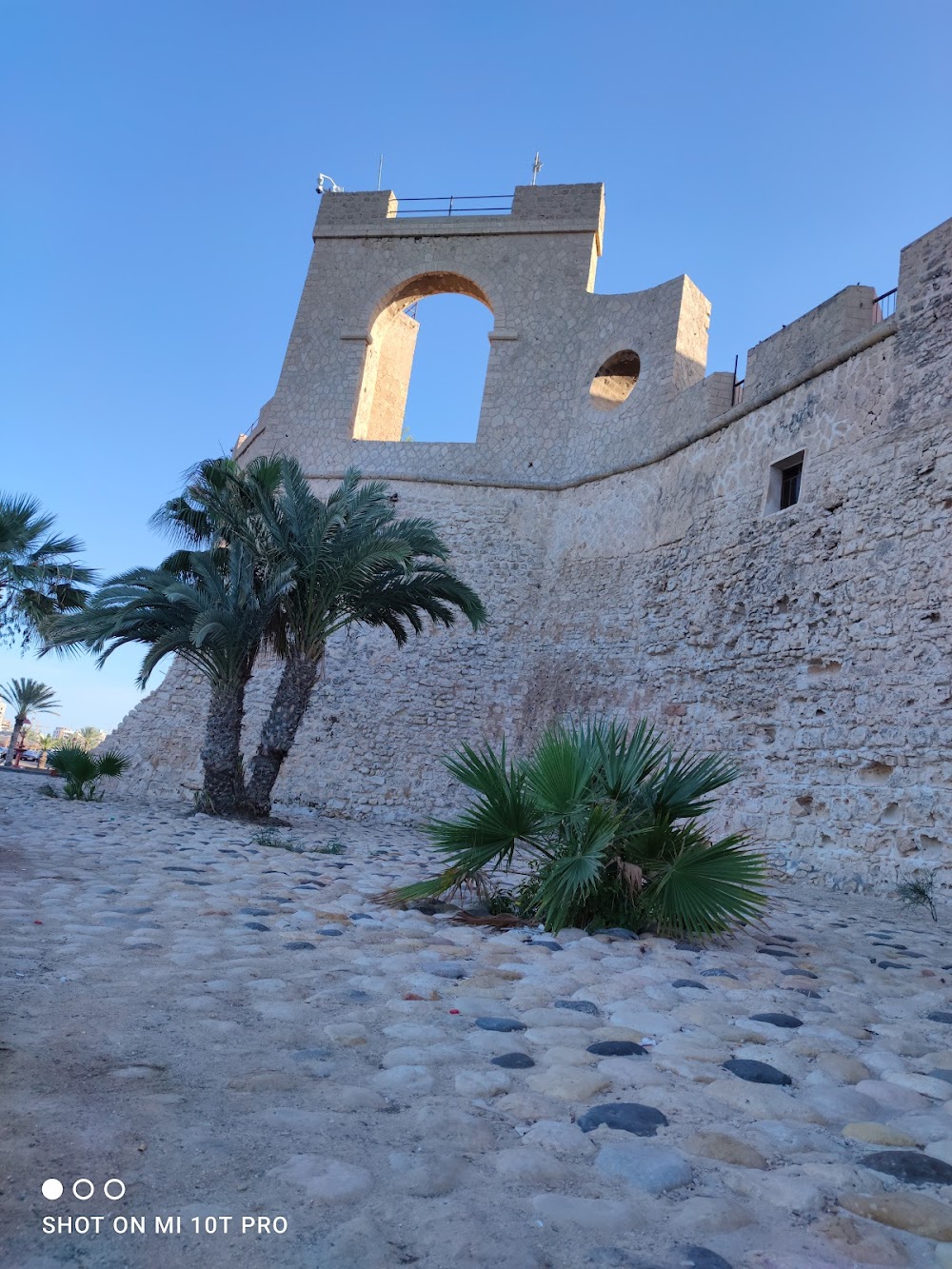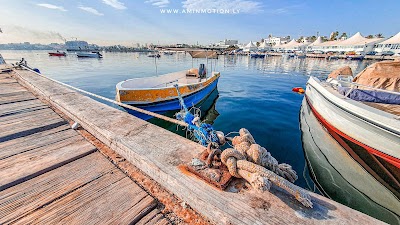Red Castle Museum (متحف السرايا الحمراء)
Overview
The Saraya Museum, commonly known as the Red Castle Museum, is a magnificent and historic site located in the heart of Tripoli, Libya. This museum is not merely a repository of remarkable artifacts, but rather a vital piece of history that embodies the rich heritage of the region.
The Red Castle, or Al-Saraya Al-Hamra as it is known locally, has roots that trace back to ancient times. Originally built by the Romans in the 2nd century AD, it served as a military fortress. Over the centuries, this impressive structure has borne witness to the reigns of various rulers and empires, each of whom has left an indelible mark on its architecture. While the Romans laid the foundation, the Ottomans later made significant modifications and restorations, enhancing its grandeur and defensive capabilities.
During the Ottoman period, the castle was fortified with thick, looping walls and imposing watchtowers, showcasing distinct Islamic architectural features. The vision to transform this majestic fortress into a museum emerged during the Italian colonial period in the early 20th century. In 1919, the Red Castle officially became a museum, dedicated to preserving and showcasing Libya’s rich and diverse history.
The museum's exterior is a striking sight, characterized by its vibrant red and ochre hues that earned it the nickname 'Red Castle.' Surrounded by a picturesque moat, the castle exudes medieval charm. The main entrance is adorned with intricate carvings and arches, reflecting the myriad cultural influences that have shaped the building over the centuries.
Inside the Saraya Museum, visitors will find several sections, each dedicated to different eras and aspects of Libyan history. The Roman-era section presents an array of mosaics, statues, and artifacts that provide insights into life during Roman rule. The Islamic section showcases manuscripts, pottery, textiles, and other treasures that highlight the Islamic golden age.
The Ottoman section features traditional costumes, exquisite furniture, and weapons, illustrating the opulence of the Ottoman Empire. Additionally, there is a segment dedicated to the Italian colonial period, complete with photographs, maps, and exhibits that depict the profound changes experienced during that time. Notably, modern history is also represented, with displays chronicling Libya’s journey to independence and beyond.
The museum is thoughtfully designed to offer visitors a comprehensive understanding of Libyan history. Informative plaques and interactive displays make it easy for guests to engage with the exhibits, while guided tours provide deeper insights into the captivating stories behind the artifacts.
One of the most serene features of the museum is its central courtyard, which boasts a stunning garden filled with lush greenery and vibrant flowers, complemented by a central fountain. This tranquil oasis invites visitors to pause and reflect on the rich history and culture they have just explored.
In recent years, dedicated efforts have been made to restore and maintain the Red Castle and its museum, ensuring that this historic structure continues to serve as a testament to Libya's heritage and an educational resource for future generations.
The Saraya Museum is more than just an ordinary museum; it is a remarkable fusion of fortification and cultural preservation. Its walls resonate with tales of bravery, conquest, culture, and transformation. From its Roman origins to its current status as a museum, the Red Castle stands proudly as a symbol of Libya's enduring legacy.








